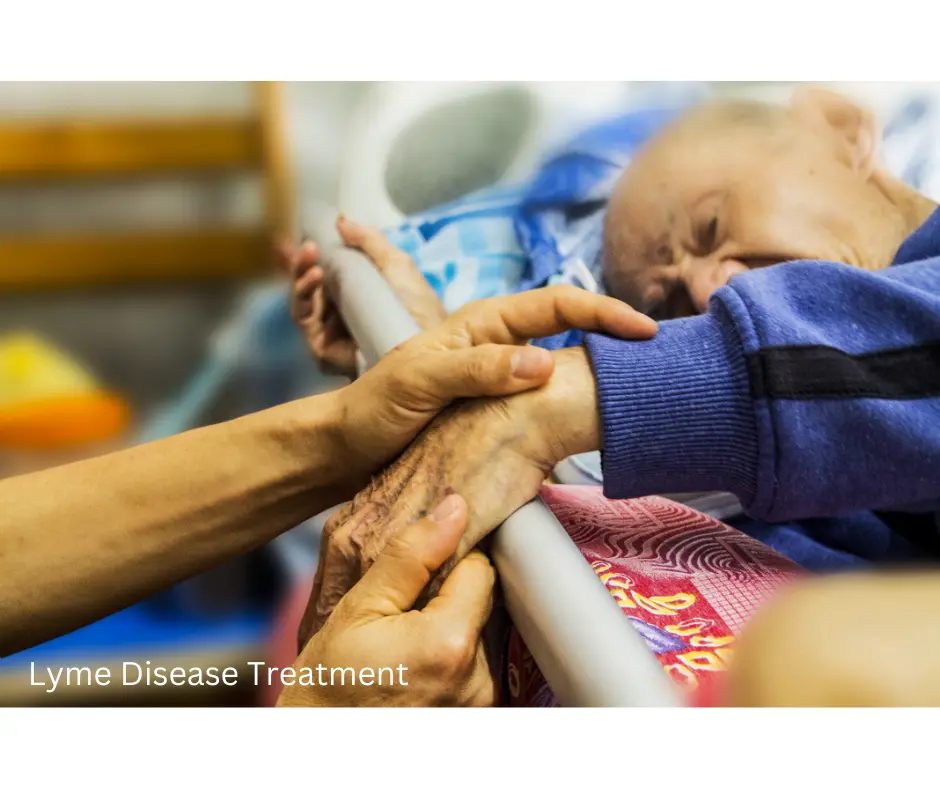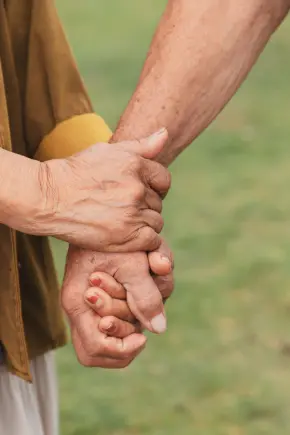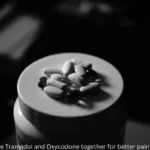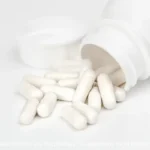Lyme Disease Treatment: Kicking the Tick to the Curb
It spreads through ticks and may bring fever, headaches, lingering tiredness, along with muscle or joint aches. Many notice a distinct bullseye-style rash. Cause traces back to Borrelia burgdorferi bacteria, passed to humans through bites from infected blacklegged ticks.
It appears most often across northeastern, Midwestern, along with southern regions of United States, yet presence extends nationwide and continues reaching new areas worldwide.
Early action plays a major role in preventing serious issues such as arthritis, heart rhythm troubles, or neurological complications.
Positive news remains clear: it responds well to antibiotics, especially when identified early. If signs raise concern, acting quickly and seeking professional evaluation without delay makes a meaningful difference.
Here are some additional tips for preventing Lyme disease:
| Tip | Description |
| Avoid ticks | Avoid wooded spots and tall grass, especially during spring and summer when these bugs are most active. |
| Use insect repellent | Apply insect repellent containing DEET, picaridin, or IR3535 to exposed skin and clothing. Reapply every few hours, especially after sweating or swimming. |
| Wear protective clothing | Dress in long sleeves, full-length pants, and closed shoes when outside. Tuck pants into socks and top it off with a hat. |
| Check yourself and others thoroughly after being outdoors | After being outside, check yourself, your kids, and pets closely—especially under arms, around the ears, and behind knees. |
| Take off the bug as soon as you spot it | If you spot one stuck on your skin, grab it near the head with tweezers and pull straight out—no twisting or squeezing. |
| Monitor for symptoms | Look out for things like fever, chills, fatigue, achy muscles, or a red round rash. If anything feels off, go see someone ASAP. |
Treatment
When dealing with this tick-borne illness, one widely accepted approach involves prescription pills such as doxycycline or amoxicillin. Length of medication course varies based on how far it has advanced. When identified early, roughly two weeks of medicine often proves enough to address situation.
In cases where spread has occurred or complications appear, especially involving nerves or joints, longer courses of prescribed drugs may become necessary. Sometimes medication delivery through IV gets recommended, particularly for individuals facing more complex or persistent effects linked to infection.

Notable Hospitals and Specialists
When facing this type of condition, connecting with experienced professionals becomes essential. Such experts understand complex patterns involved, can order proper tests, read findings accurately, and guide you through a plan shaped around personal needs. Correct identification at an early stage can strongly influence how situation unfolds and how someone feels over time.
For individuals moving through this journey, several highly respected medical institutions across United States have gained recognition for excellence in managing related concerns. Facilities like these combine advanced research, skilled teams, and valuable resources to ensure individuals remain in capable hands. Listed below are top-ranked hospitals known for deep knowledge and strong commitment within this area:
| Hospital Name | City, State |
| Hospital for Special Surgery | New York, NY |
| Johns Hopkins Hospital | Baltimore, MD |
| Mayo Clinic | Rochester, MN |
| Brigham and Women’s Hospital | Boston, MA |
| University of California, San Francisco Medical Center | San Francisco, CA |
| Stanford Hospital | Palo Alto, CA |
| Northwestern Memorial Hospital | Chicago, IL |
| Duke University Medical Center | Durham, NC |
| Hospital of the University of Pennsylvania | Philadelphia, PA |
| Vanderbilt University Medical Center | Nashville, TN |
Antibiotics
Medications often prescribed to address bacterial infection passed through outdoor exposure include:
| Antibiotic | Duration (Adults) | Duration (Children) |
| Amoxicillin | 14-21 days | 14-21 days |
| Doxycycline | 14-21 days | 14-21 days |
| Cefuroxime axetil | 14-21 days | 14-21 days |
| Azithromycin | 5 days | 5 days |
| Clarithromycin | 14 days | 14 days |
How Long Does It Typically Take to Feel Better?
Length of a prescribed medicine plan often varies from one individual to another, usually falling between ten and twenty-one days. Timing depends on how advanced it has become along with overall wellness at start of treatment.
Staying committed to an entire schedule matters greatly, even when symptoms ease sooner than expected. Finishing every dose allows medication to fully clear unwanted bacteria from inside, lowering chances of lingering problems or future flare-ups. Ending a regimen too soon may leave some bacteria behind, giving it room to persist quietly and possibly return with stronger effects later on.
Consistency from first dose through final one plays a major role in long-term recovery, making patience and follow-through essential parts of any successful treatment plan.
Supportive care
| Supportive Care Measure | Description |
| Pain management | Store-bought relievers, prescriptions, and movement sessions. |
| Fatigue management | Energy-saving techniques, regular exercise, adequate sleep |
| Joint care | Wearing support gear and doing gentle joint exercises. |
| Mood and sleep management | Mood boosters, mindset support, and calming practices |
| Skin care | Gentle moisturizers, sun protection, avoiding scratching |
| Managing issues like brain fog, numbness, or coordination trouble. | Seizure meds, movement support, and daily activity help. |
Working with a physical movement specialist can help folks regain energy, improve mobility, and ease stiffness in joints and muscles. These guided exercises are especially helpful for those who’ve experienced prolonged fatigue or limited motion. With a tailored routine, individuals often find it easier to move around and perform everyday tasks.
Support from a daily function coach is also valuable. They focus on helping people adjust their routines and surroundings to better suit their current energy levels and physical limits. This kind of assistance makes things like cooking, cleaning, or even getting dressed more manageable and less overwhelming.
When it comes to emotional well-being, meeting with a trained counselor who specializes in behavior and thought patterns can be a game-changer. This support can help individuals navigate feelings of frustration, anxiety, or sadness that may come with a long-term illness. By learning coping strategies and building mental resilience, people can start feeling more in control and optimistic about their progress.
Managing Aches and Physical Strain

| Pain Management Strategy | Effectiveness |
| Nonsteroidal anti-inflammatory drugs (NSAIDs) | Fairly helpful for easing mild to moderate discomfort |
| Topical pain relievers | Fairly helpful for easing discomfort in a specific area |
| Corticosteroids | Highly effective for quick, short-term relief in intense cases |
| Antibiotics | Works well against the infection but doesn’t always ease discomfort |
| Physical therapy | Can help boost movement and ease discomfort |
| Alternative therapies | Some options might help a bit, but proof of their success is limited |
New Frontiers in Science: Exploring Experimental Options
Several experimental options are currently being explored for this condition. These include:
- Vaccines
- Immunotherapy
- Antibiotic combinations
| Treatment | Stage of development |
| OspA outer membrane protein (OMP) vaccine | Phase 3 clinical trials |
| C6 peptide | Phase 2 clinical trials |
| Fludarabine | Phase 2 clinical trials |
| Anti-Bb monoclonal antibodies | Early stage clinical trials |
How long does it take to recover from a tick-borne illness?
Illnesses passed on by certain outdoor insects can bring on issues like fever, headaches, skin rashes, extreme tiredness, and achy joints. While many people start feeling better with standard prescriptions, some may still feel off for several months—or even longer—after finishing their recommended meds.
Recovery time varies due to severity level, antibiotic choice, plus overall condition. Many people diagnosed early and treated promptly notice improvement within several weeks. Others continue noticing lingering symptoms even after infection clearance. When it appears, it can last months for some individuals. Clinicians often describe this phase as post-treatment syndrome.
No single recovery timeline exists, yet several actions can aid healing progress while lowering chances of long-lasting effects. Options may include:
- Getting plenty of rest
- Eating a balanced, nutritious diet
- Staying active and exercising regularly
- Managing stress levels
- Using over-the-counter pain relievers and anti-inflammatory medications as needed
If you think you’re facing an illness tied to tiny outdoor critters, don’t wait—reach out to a medical professional right away. Early action can change how quickly you return to feeling like yourself. Remember, you aren’t alone in this. You carry strength within, plus people ready to stand beside you through each step. Keep moving forward with confidence—you’ve got this.
When to see a doctor?

After spending time outdoors in places known for certain insect exposure—especially wooded or grassy spots—pay close attention to any unusual changes in how you feel. If anything seems off, such as an unexpected rash, lingering fatigue, or unexplained aches, reaching out to a medical professional promptly remains a wise step. Early evaluation can clarify what’s happening and guide next actions effectively.
- A bullseye-shaped rash
- Fever
- Headache
- Fatigue
- Muscle aches
- Joint pain
- Stiff neck
- Swollen lymph nodes
- Facial weakness or drooping
- Nerve pain
- Heart palpitations
- Dizziness
- Shortness of breath
- Shooting pains, numbness, or tingling in your hands or feet
- Swelling affecting brain or spinal cord tissues
Even without clear signs, seeking a doctor visit remains important after a bite or recent time spent in wooded or grassy areas linked to certain infections. Quick action improves chances of recovery and allows professionals to guide next steps before complications develop.
Navigating Each Day with Lyme: Practical Tips for a Positive Lifestyle
| Tip | Description |
| Prioritize sleep | Aim for 7-8 hours of sleep per night. |
| Eat a healthy diet | Focus on whole, unprocessed foods. |
| Manage stress | Practice relaxation techniques such as yoga or meditation. |
| Stay active | Find activities you enjoy and that fit your energy level. |
| Be patient | Healing from Lyme disease takes time. |
| Connect with others | Find a support group or talk to friends and family who understand. |
| Advocate for yourself | Be informed about your treatment options and communicate your needs to your doctor. |
| Celebrate small victories | Focus on the progress you are making, no matter how small. |
Conclusion
This condition can bring challenges, yet positive outcomes remain possible with a smart approach. When identified early, many people bounce back and feel like themselves again. If unusual changes appear—such as ongoing tiredness, persistent aches, or an unexpected rash—avoid brushing signs aside. A prompt visit with a medical professional can shift outcomes in a positive direction. If uncertainty lingers or guidance feels needed, reach out to a trusted medical expert who can explain next steps with clarity and reassurance.



